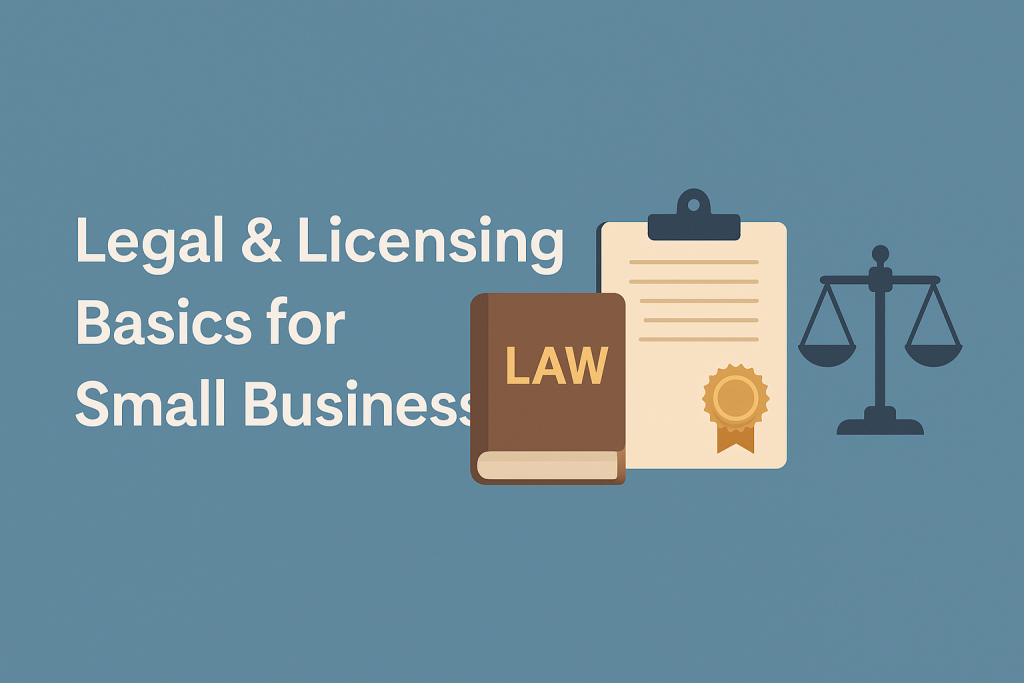How to Find Your Target Audience (Step-by-Step Guide for Small Business Owners)
If you’re marketing to everyone, you’re effectively reaching no one. That’s why understanding how to find your target audience is one of the most important steps in building a successful business. Your target audience is the specific group of people most likely to need—and buy—your product or service. Identifying who they are, what they care […]
How to Find Your Target Audience (Step-by-Step Guide for Small Business Owners) Read More »






